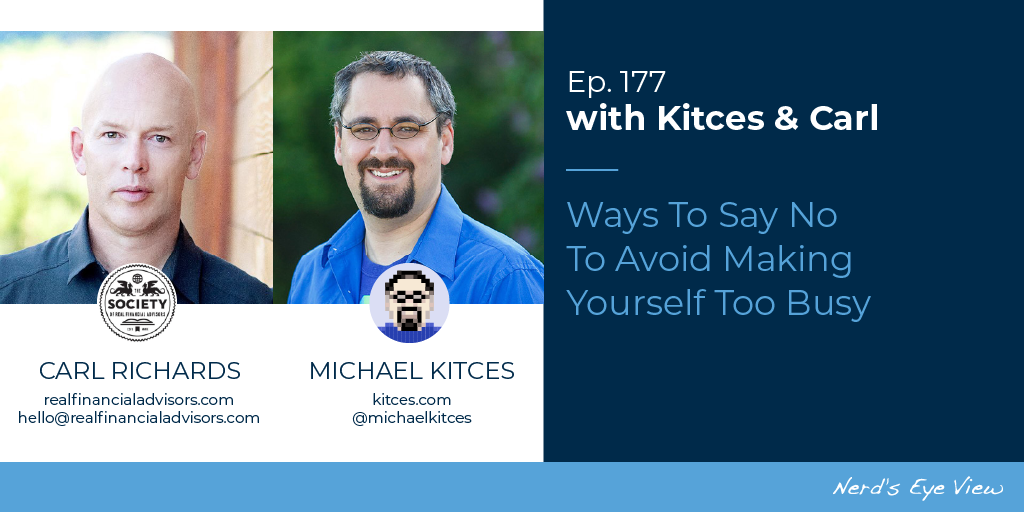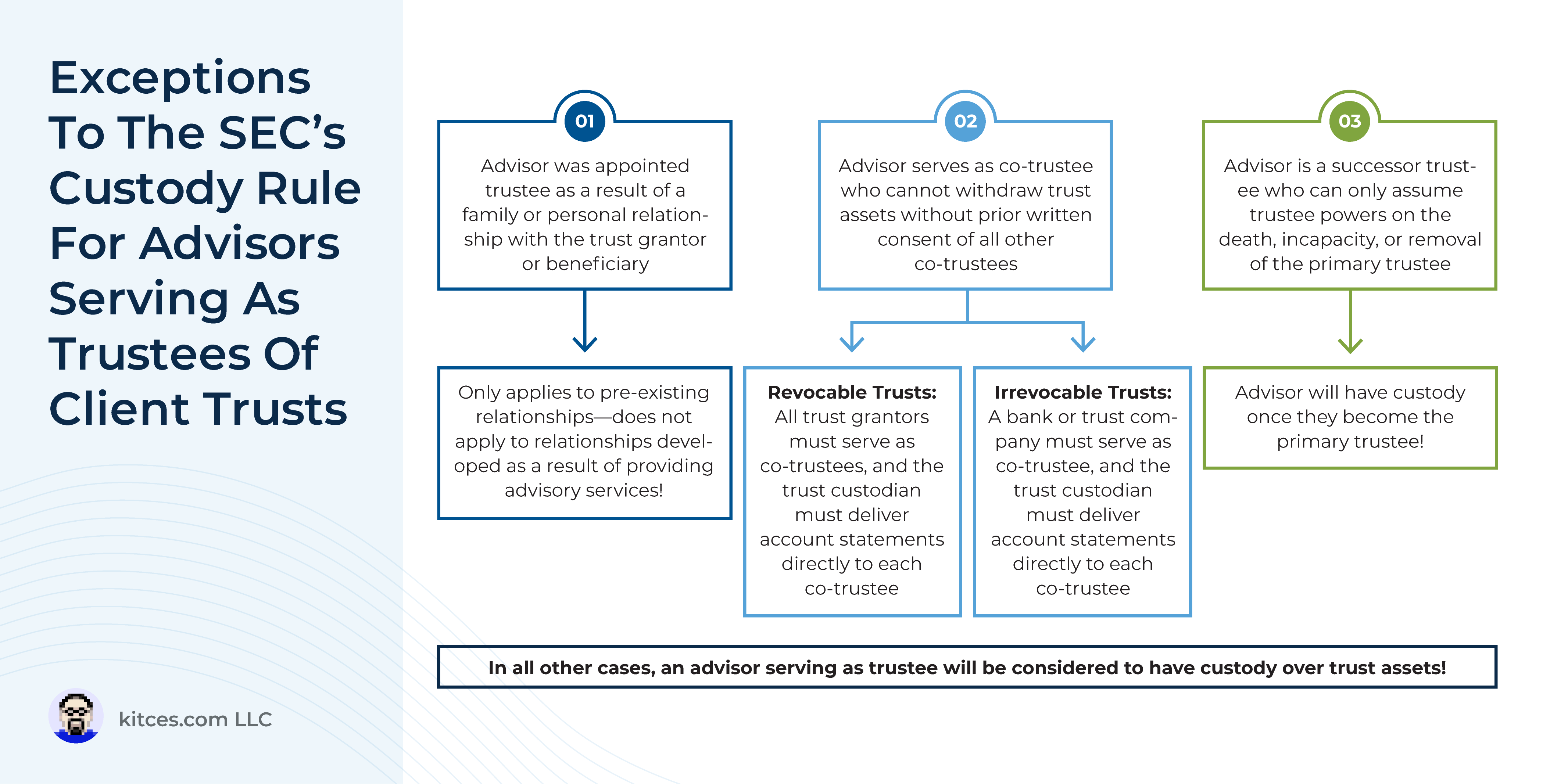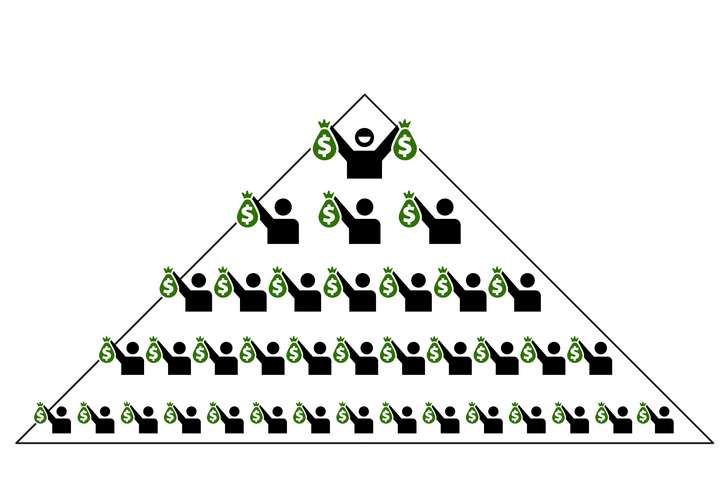As financial advisors progress in their careers (and lives), their attention is often pulled in many directions as opportunities present themselves. Some will be professional, such as speaking engagements or prospect inquiries; others personal, from community service to family obligations. Many of these requests are meaningful and made with good intentions. But if the advisor says “yes” to all of them, the result can be an overcommitted calendar, drained energy, and very little capacity to do the work that moves their businesses and lives forward. At the same time, saying “no” can feel awkward, and many advisors may fear that declining a request might erode the relationship.
In this 177th episode of Kitces & Carl, Michael Kitces and client communication expert Carl Richards discuss when and how to say “no” in a way that protects capacity, prioritizes what matters most, and actually earns respect in the process.
One of the biggest challenges in learning to say no is the discomfort it can cause, especially in the moment. Saying “yes” feels easy, postponing the consequences that show up later when time and energy are exhausted. However, every “yes” is also an unseen “no” – agreeing to one request today often means turning down (or under-delivering on) a future opportunity or obligation that might be more important. By contrast, saying “no” preserves space for the work, rest, health, and family commitments that are supposed to come first.
To make saying no easier, advisors can build systems that remove the guilt and guesswork from protecting their time and energy. One approach is to create and communicate clear personal filters and capacity limits. For example, establishing minimum client fees or identifying types of work that consistently drain energy. Making these boundaries visible – such as by publishing fee minimums on a website or adding intake checkboxes acknowledging those minimums – helps preempt misaligned requests before they reach the calendar, reducing the emotional labor of saying no in real time. Advisors can even ‘outsource the no’ by routing certain requests through an assistant or designated team member, which maintains goodwill while still enforcing boundaries. These tactics can help advisors avoid situations where they may be tempted to compromise their own standards.
Importantly, the skill of saying no also applies inside the firm, especially for associate and support advisors who are just beginning their professional careers. When a junior advisor is asked to take on more than they can do in a given week or do work misaligned with their current goals and priorities, the conversation doesn’t need to become confrontational. Instead, the advisor can reflect the trade-off back to their supervisor, reviewing their weekly priorities and measuring different trade-offs. For example, “The priority is to get three plans out each week, and my full schedule is committed to that. If I also take on this new project, something will need to give. Which work should come first?” Framing the conversation around prioritization instead of refusal invites collaboration and keeps the decision with the person who sets expectations.
Ultimately, the key point is that saying no with clarity and grace is not about being rigid or unhelpful; it’s about being purposeful. For advisors looking to grow their firms, deepen their client work, or reclaim time for family, every “no” becomes an investment in what they value most. Saying no is a professional and personal skill that allows advisors to lead with intention, protect their energy, and do their most meaningful work!




















